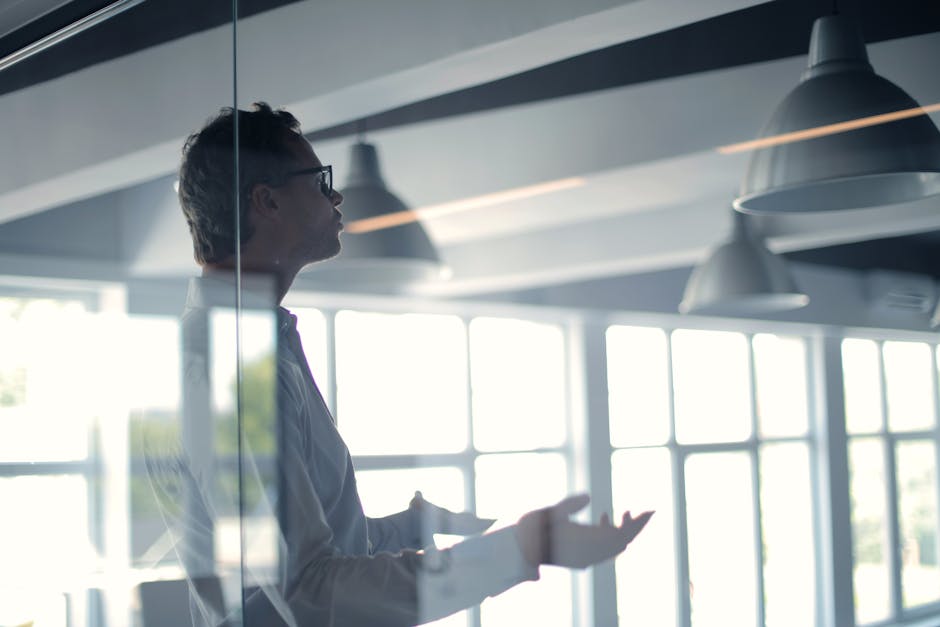 Understanding Commercial Design: An Introduction of Its Importance and Elements
Understanding Commercial Design: An Introduction of Its Importance and Elements
Industrial layout is an important facet of producing useful, cosmetically pleasing rooms that enhance the experience of both clients and workers. As services make every effort to bring in clients and enhance efficiency, the function of a well-executed commercial style becomes progressively critical. It integrates various components, such as style, interior design, branding, and advertising, all focused on optimizing making use of area while conveying a distinctive message concerning the company.
One of the primary goals of business style is to develop environments that are not only aesthetically appealing yet also functional. This entails understanding the certain demands of a company, including operations, website traffic patterns, and customer involvement. For instance, a store could prioritize an open design that urges browsing, while a workplace might demand ergonomic furniture and structured workstations to enhance efficiency. By meticulously considering these factors, business design contributes to a natural experience that aligns with the brand name’s identity.
Another vital aspect of commercial layout is the assimilation of branding elements. An effective commercial space needs to show the worths and aesthetic appeals of the brand it represents, from the color scheme to the option of materials and furnishings. Exterior signs, interior decoration, and also the setup of products have to all be consistent with the brand name’s photo. This not only aids in brand recognition but also cultivates an emotional connection in between clients and business, which can cause raised loyalty and sales.
Moreover, sustainability has ended up being an increasingly important consideration in business style. With expanding awareness of environmental concerns, services are currently seeking to produce spaces that decrease their carbon footprint and accept environmentally friendly practices. This may include using lasting materials, energy-efficient lighting, and systems that minimize water consumption. By prioritizing sustainability, firms not just contribute to the wellness of the world but also attract an expanding market of ecologically conscious customers.
To conclude, business design is a diverse self-control that plays a crucial function fit our experiences within numerous environments. Its relevance exists not just in visual appeals but additionally in capability and brand name involvement. As organizations continue to develop in a competitive market, purchasing effective industrial style can result in boosted customer experiences and functional effectiveness. Eventually, a thoughtful strategy to industrial design can establish a business apart, making it a beneficial investment for any kind of organization.